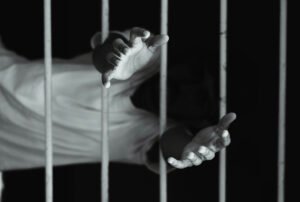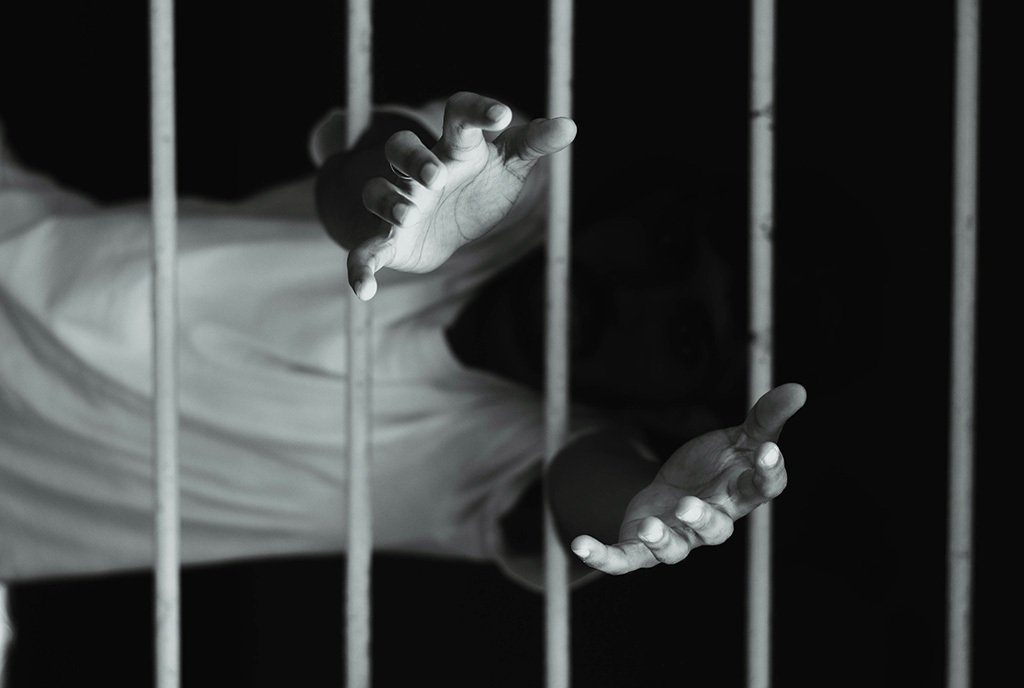June 9, 2015; CNN
Just days following the death by suicide of Kalief Browder after having spent 400 days in solitary confinement, Albert Woodfox, in a different prison half a country away, is set to be released after spending four decades in isolation.
Woodfox, 68, is the last to still be imprisoned of the Angola 3, three men who were placed in isolation—and, Woodfox contends, wrongly accused—for the 1972 murder of Brent Miller, a guard at Louisiana State Penitentiary. Another member of the Angola 3, Robert King, who was never charged for Miller’s death, had a different conviction overturned in 2001, and has been free since. The third member, Herman Wallace, was imprisoned for 41 years before he was released in 2013 and subsequently died from cancer at age 71.
Now, it’s Woodfox’s turn. His conviction already having been overturned last year, on Monday a judge ordered Woodfox be released and not face a prospective third trial, due not only to Woodfox’s poor health and age, but the fact that the judge lacked “confidence in the state to provide a fair trial.”
According to Woodfox’s attorneys, George Kendall and Carine Williams, “Because the state’s key witnesses are deceased, and Mr. Woodfox’s alibi witnesses are also deceased, there is no practical way for there to be a third trial which comports with the standards of a fair, American trial.”
Sign up for our free newsletters
Subscribe to NPQ's newsletters to have our top stories delivered directly to your inbox.
By signing up, you agree to our privacy policy and terms of use, and to receive messages from NPQ and our partners.
Despite the international condemnation of Woodfox and the rest of the Angola 3’s imprisonment in solitary confinement, the Louisiana Department of Justice had a very different response to the news of Woodfox’s release.
“With today’s order, the court would see fit to set free a twice-convicted murderer who is awaiting trial again for the brutal slaying of Corrections Officer Brent Miller,” said spokesman Aaron Sadler to the Times-Picayune in New Orleans. The attorney general’s office filed an appeal to the decision Tuesday morning.
Some estimate there are as many as 80,000 inmates in solitary confinement. Whether related or not, both Browder’s death and Woodfox’s release have thrust the inhumanity of solitary confinement again into society’s view. The negative effects of isolation, which have long been corroborated and studied, have been blamed for Bowder’s taking his life. After spending three years in Rikers and more than a year in solitary confinement, he never seemed able to get past the trauma. Sent to prison at the age of 16, he was 22 when he hanged himself outside his parents’ home in the Bronx. According to a study conducted by the American Journal of Public Health of inmates from 2010 through January 2013, those placed in solitary confinement were 6.9 times more likely to self-harm.
Woodfox has similarly spent much of his time in isolation and has been vocal about the injustice of the practice. King, who spent 29 years in solitary before his release in 2001, says he still has issues with orientation after spending so much time in a 6-by-9-by-12 cell.
While the practice still has some staunch supporters, there are prisons that appear to be reversing the trend of shepherding more and more prisoners into isolating cells. A Frontline documentary, “Solitary Nation,” featured a prison in Maine attempting to decrease the number of inmates in solitary confinement by working to assimilate them back into general population. The documentary illustrates how even the toughest prisoners’ mental states quickly deteriorate shortly after being placed in isolation cells. Too often, self-harm is used as a last resort to escape their 6-by-9 cells.—Shafaq Hasan













